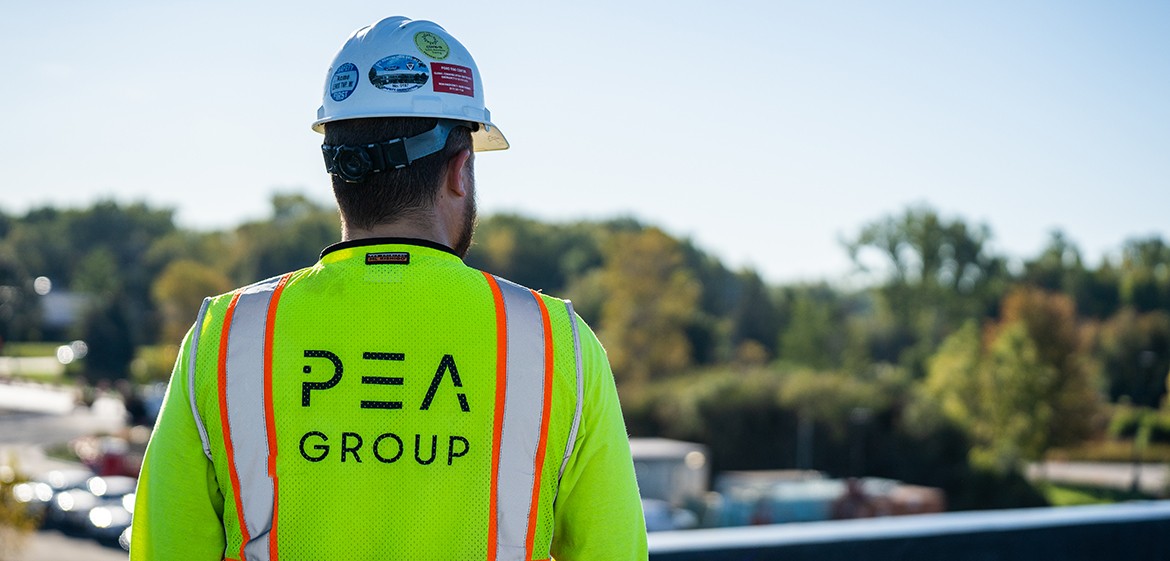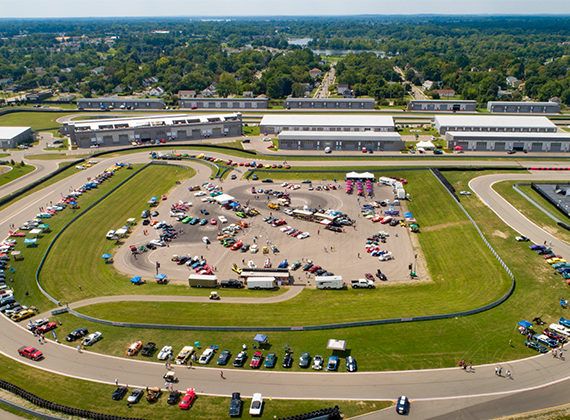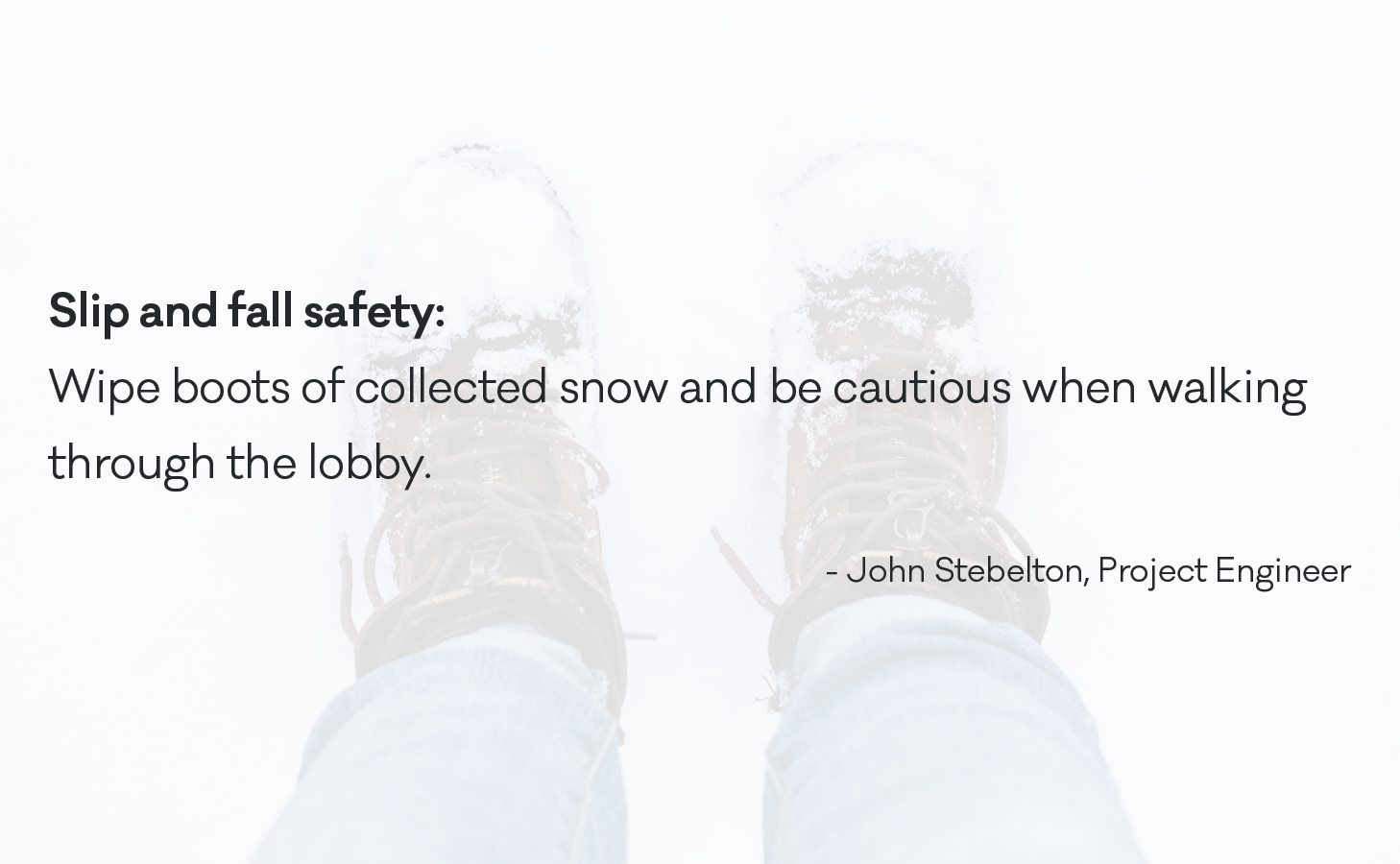Understanding and Managing Workplace Hazards: Firsthand Insights and Lessons Learned

Hazards are always around us, whether we’re at work or home, posing various risks that require vigilance. It’s important to recognize the many hazards that can show up in different forms.
- Chemical hazards: exposure through inhalation, ingestion, or skin contact with harmful substances
- Physical hazards: risks like slips, falls, impact injuries, fire, and electrical dangers
- Biological hazards: contact with bloodborne pathogens, molds, wastewater, or toxic plants and insects
- Ergonomic hazards: strain due to awkward postures, repetitive tasks, excessive force, or poorly designed workstations
Beyond recognizing these hazards, it is important to be mindful of common workplace hazards that one may come across. Things like lighting, noise, and temperature are important environmental considerations. When designing a workstation, we need to think about things like how the controls are set up, the orientation of the work surface, and the comfort of the chair. Movement and repetitive tasks involve force, vibration, posture, and work pace. Machinery and equipment design considerations include operation, force requirements, and postural demands.
To handle hazards effectively, you can use a variety of strategies. Engineering controls may mean changing processes or environments to get rid of hazards or replacing them with safer options. Administrative controls could be putting in place rules and procedures to lower exposure to hazards, like following proper chemical handling rules or rotating workers. Personal protective equipment (PPE) means wearing the right gear, like gloves and eye protection, to protect yourself from hazards.
At PEA Group, we cultivate a culture deeply rooted in safety, where our field crew is encouraged and empowered to share safety suggestions and report potential hazards. The valuable insights and lessons drawn from our field experiences not only enrich our understanding of workplace safety but also highlight the importance of continual learning and personal growth. To celebrate National Safety Month, we asked our team to share some of these valuable suggestions and lessons learned when it comes to safety in the field. Here’s what they had to say:
By understanding, identifying, and effectively managing workplace hazards, we can create a safer and more secure environment for all individuals involved.
For More Information



